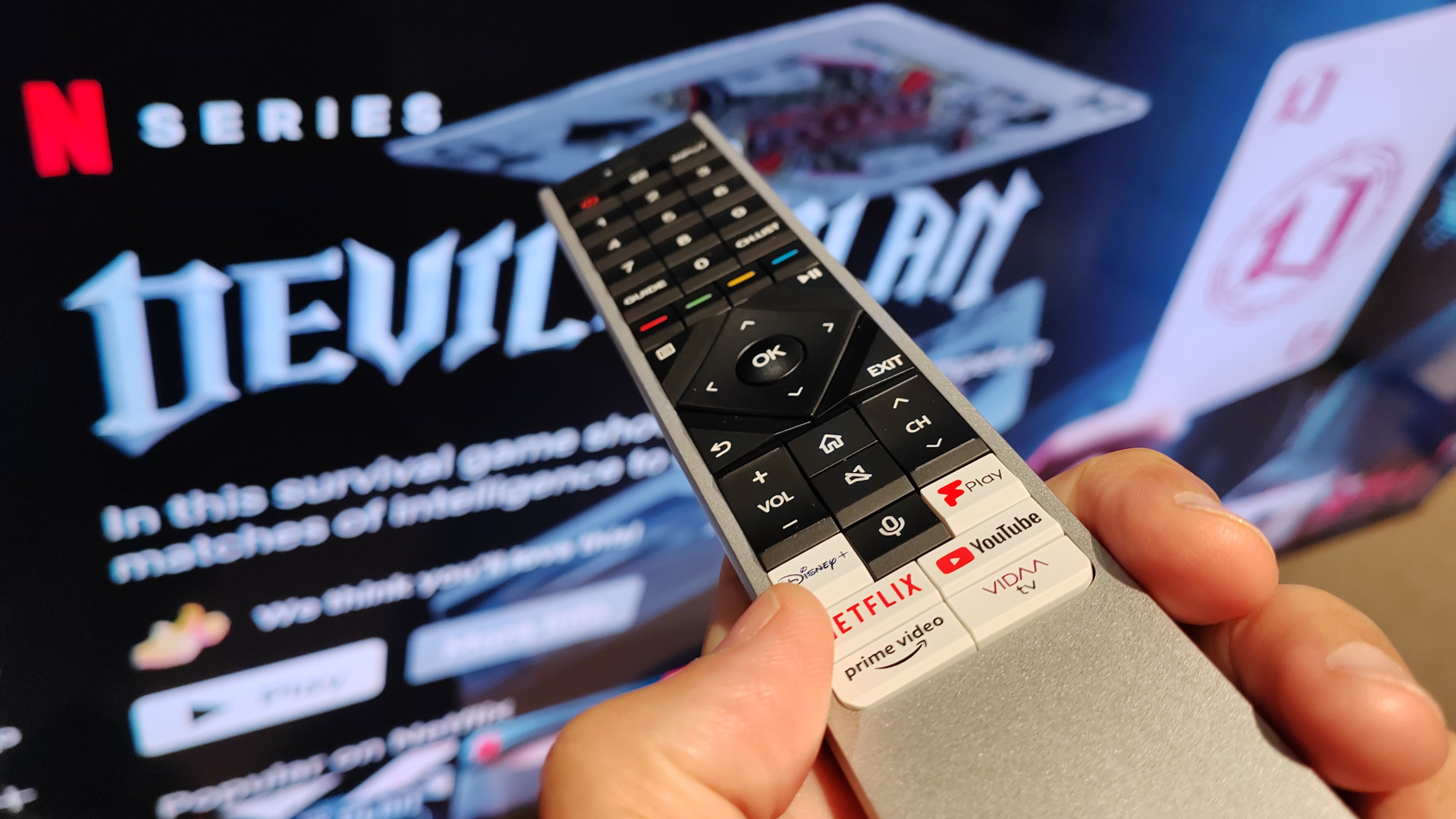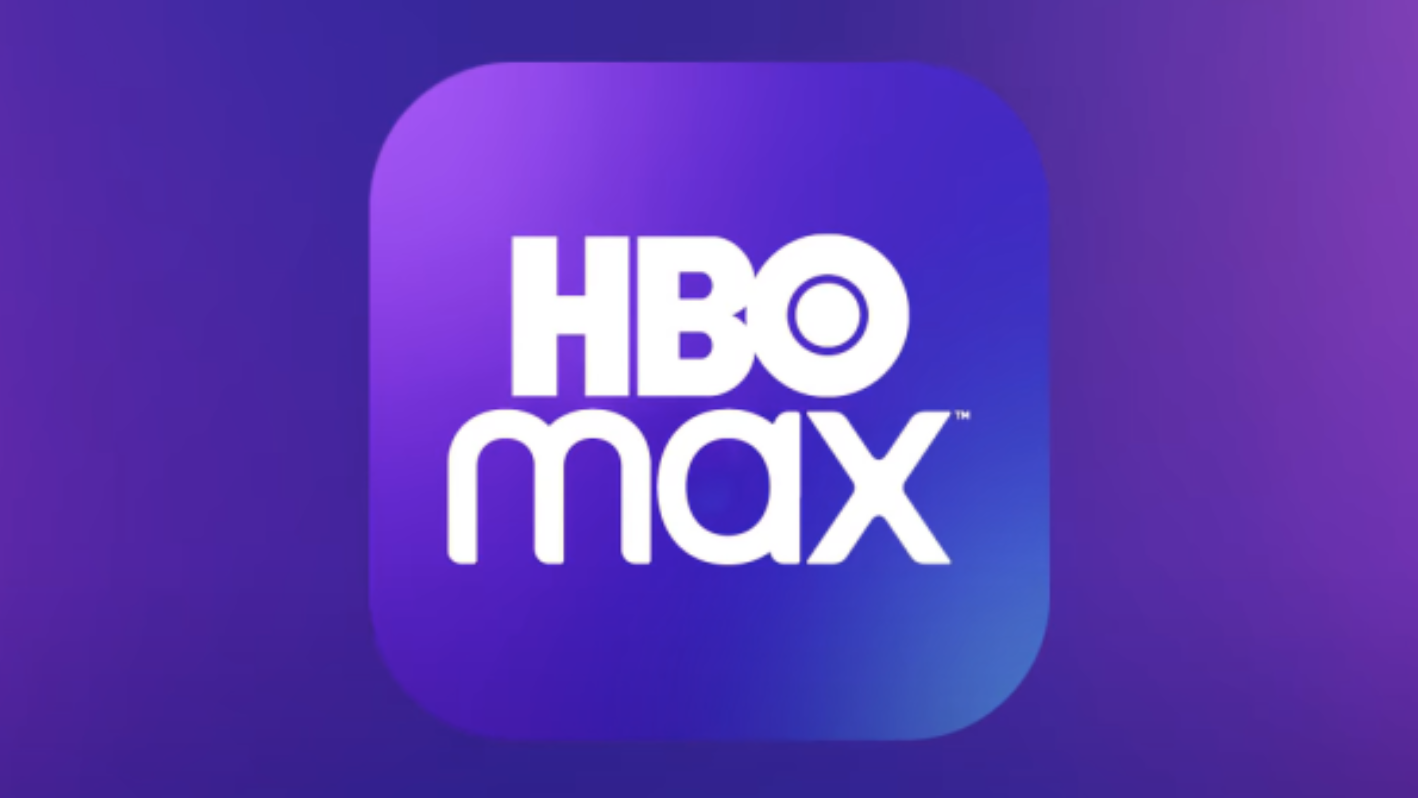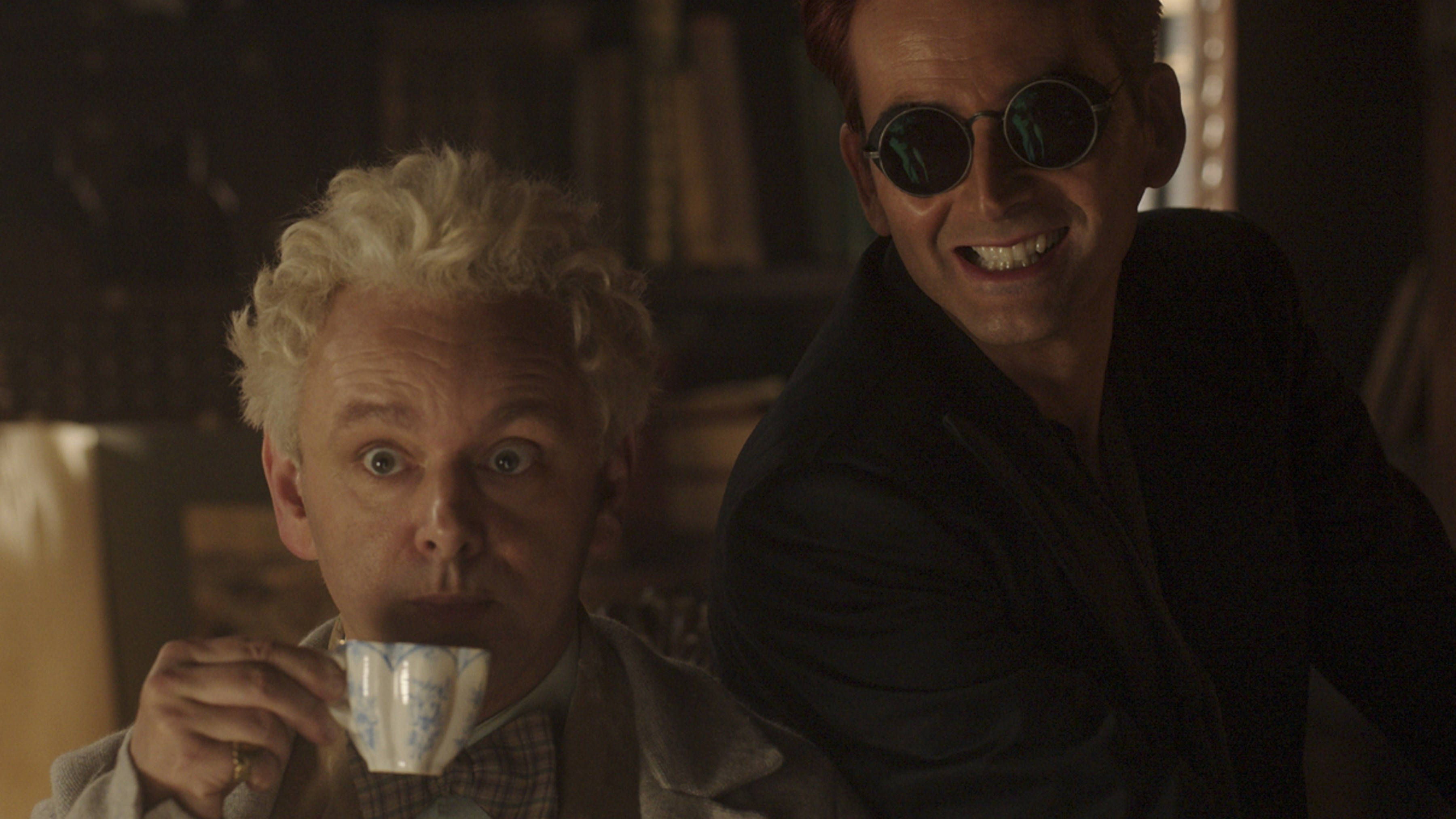
There are seismic changes coming to the streaming TV landscape.
As Warner Bros. Discovery prepares to sell HBO Max programmes to its biggest rival, and advertising becomes standard on your favourite telly platforms, I’m left wondering if the time is right to fall out of love with streaming TV altogether, or celebrate the dawn of a new era of cheap binge watching?
So what exactly is happening, and how does it affect you and watch you watch? Let’s dig a little deeper…
All maxed out

I want money. That’s what I want. So said The Flying Lizards – and that’s increasingly the mantra coming out of Hollywood.
Studios are waking up to the fact that running a streaming service is no longer a licence to print money. They need to change the game, and fast.
Warner Bros. Discovery and its HBO Max service was one of the first to get a rude awakening. When new CEO David Zaslav took the reins, there was an almighty shake-up.
Streaming service HBO Max, once positioned as a crown jewel in the Warner Bros. portfolio, had become a problem child. When it became clear that a rebrand to Max wasn’t going to solve its woes, Zaslav announced that he would license content to arch-rival Netflix.
The latest hi-fi, home cinema and tech news, reviews, buying advice and deals, direct to your inbox.
Zaslav needs to reduce the company’s debt, and one way to do that is to have a yard sale.
The idea of keeping shows behind a subscription paywall makes little sense if you can’t sign up enough eyeballs.
While we don’t know exactly what HBO shows are heading to Netflix, it’s been reported (via Variety) that Warner will only license shows that have finished their runs – so don’t expect The Last Of Us or House Of The Dragon to turn up on Netflix. More likely are dusty jewels like Band Of Brothers and The Wire, and possibly its original movies, like Extraction and Army Of The Dead.
Of course, this isn’t so different from the international deals the studio has had with premium Pay TV outlets such as Sky, but it does signal an end to a walled-garden streaming philosophy.
Ads and price hikes ahoy!

A more overt change to the landscape is advertising. Netflix, Disney+ and Prime Video are all banking on ad revenue to help pay for new content creation.
Netflix was the first major streamer to introduce a Standard with Ads plan, yours for £4.99 / $6.99 per month. By way of comparison, its Premium 4K HDR plan with Dolby Atmos and spatial audio is £14.99 / $19.99. Earlier this year, the streamer reported that it had signed up almost 5 million customers for its ad-supported plan in just six months, with more than 25 per cent of newcomers taking the bait.
Disney Plus is launching its ad-supported tier in the UK on 1st November. The Standard with-ads tier will cost £4.99 / $7.99 a month. For Dolby Atmos, 4K and HDR, you’ll need to pony up £10.99 / $13.99.
Even Amazon, which largely uses Prime Video as a hook for its delivery service, is adding ads to its service in 2024.
If you’re a Prime Video viewer in the UK, USA, Canada and Germany, you’ll see advertising early next year, unless you top up your existing £95 / $139 Amazon Prime subscription. Australia, France, Spain, Italy, and Mexico will follow with ads later in the year.
It’s not clear how many ads per hour are coming – Amazon says the ad intrusion will be ‘limited’ – but Amazon is looking for significant revenue to fund shows like its Lord Of The Rings series.
It’s expected that you’ll have to stump up an additional $/£2.99 a month to stay ad-free.
Will physical media make a comeback?

Personally, I don’t fancy the idea of copious ad breaks in my streaming shows, but I suspect plenty will be happy to put up with ad-breaks to get cheaper subscriptions.
That said, this shift away from affordable ad-free streaming could have the opposite effect, with subscribers turning from services with even greater frequency, as the viewing experience deteriorates.
One way for studios to shore up revenues would be to re-engage with their Blu-ray audience, and (to a certain extent) that does seem to be happening.
Disney may have quit the Blu-ray and DVD business down under, but it seems to have renewed enthusiasm for physical media elsewhere, recently announcing a slew of mouth-watering releases.
The 118-disc Disney Legacy Animated Film Collection (pictured above), featuring 100 animated films from the Disney and Pixar vaults is priced at a whopping $1,500.
There’s a 4K Ultra HD release of the original animated Snow White And The Seven Dwarfs (1937), freshly restored and remastered, and for Marvel fans, we have Loki: The Complete First Season and WandaVision: The Complete Series to look forward to, as well as the first two seasons of Star Wars The Mandalorian. All will land on UHD discs before the end of the year.
Maybe the arrival of ads and more expensive streaming tiers is the incentive we all need to get back into physical media, and a superior sound and vision viewing experience they offer, all over again?
MORE:
Disney's 'Legacy' 100-film Blu-ray boxset is a collector's dream – but it’s eye-wateringly expensive
Disney Plus' next move has made me question my streaming choices
Our pick of the Best streaming services for movies and TV shows
This new Netflix feature could make motion smoother on many more TVs
